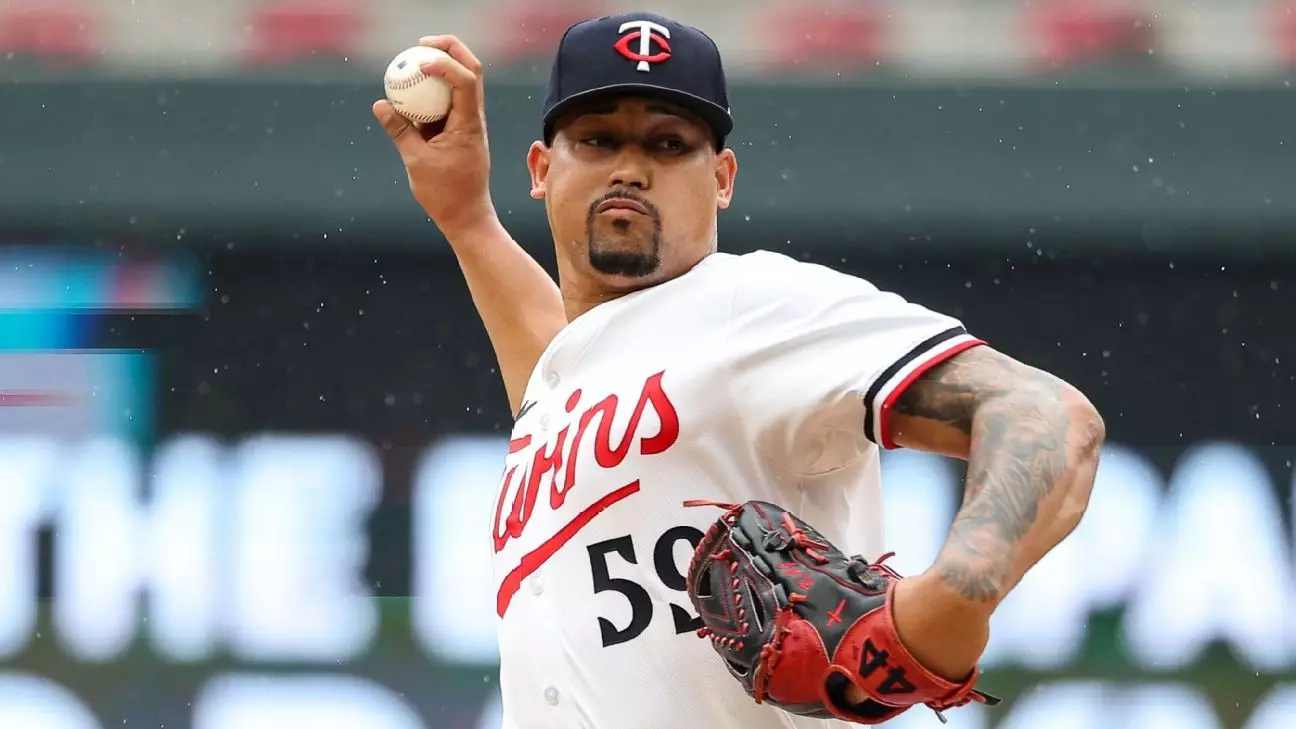The Philadelphia Phillies have demonstrated a fearless approach to just about every obstacle blocking their path to a championship. Their latest acquisition of Jhoan Duran is no exception. Known for his overpowering arsenal—an almost unfair fastball touching triple digits and an unruly curveball—Duran’s arrival symbolizes a decisive shift toward dominance in relief pitching. The Phillies’ management clearly recognizes the flawed history of their bullpen, which has historically hampered their postseason ambitions. Instead of passive patchwork, they’ve decided to make an unequivocal statement: they are prepared to invest heavily to close the gap.
This move reflects a broader philosophy that values high-impact talent over minor upgrades. Duran’s contractual control extended into at least 2027, making this a calculated, long-term investment rather than a fleeting rental. Philadelphia’s front office, led by David Dombrowski, has a reputation for making bold, sometimes risky, midseason decisions. This maneuver, rooted in a desire to rein in their recurring bullpen struggles—16 blown saves and inconsistent closers—is a clear acknowledgment that traditional stopgap measures are insufficient for a club with genuine World Series aspirations.
High Stakes, High Rewards: Understanding the Cost of Excellence
Duran’s acquisition came at a hefty price: the Phillies parted with prized prospects Eduardo Tait and Mick Abel. Tait, a raw but promising 18-year-old with power potential in Single-A, and Abel, a former first-round pick now reaching the majors, represent significant long-term value. Yet, the Phillies prioritized immediate disruption over future commodity preservation—a sign of a team that perceives its championship window narrowing with each passing day. To Dombrowski, the gamble is justified: controlling a top-tier closer changes the calculus of close games in October.
This deal exemplifies a broader industry trend, where organizations weigh prospects against current needs. The Phillies’ decision underscores a confidence that Duran’s talent instantly elevates their bullpen to a league-leading level. It’s a strategic bet that overcoming momentary costs will lead to sustained success, even if it temporarily weakens their farm system. The emphasis on contractual control, ensuring Duran’s availability through 2027, indicates a commitment rooted in certainty rather than fleeting rental gains.
The Impact of a Defensive Shift: Achieving Balance and Confidence
Philadelphia’s intense focus on acquiring a top closer highlights an internal acknowledgment: their roster already possesses formidable offensive power and a sturdy rotation. Yet, their bullpen deficiencies have been a persistent Achilles’ heel. Rumors and industry chatter point to internal frustrations—multiple blown saves, struggles from signed free agents, and the suspension of key relievers like Jose Alvarado, which left the team vulnerable in tight situations.
Adding Duran fortifies their late-inning options and, more critically, supplies a mental edge. Managers and players alike recognize that reducing the margin of error in close games is pivotal in a postseason setting. While the Phillies’ lineup, featuring stars like Bryce Harper and Kyle Schwarber, fuel their championship hopes, it’s often the bullpen that determines whether those hopes are realized. Duran’s proven track record as one of the premier closers in baseball transforms team chemistry from merely hopeful to confident in their ability to close out games.
Balancing Legacy and Future: The Wisdom of Long-Term Planning
Dombrowski’s reputation for making high-stakes trades underscores a strategic philosophy: embrace risk when it offers a disproportionately high reward. The Phillies’ decision to hold onto prospects like Abel, rather than trading their young ace for immediate relief help, reveals a nuanced understanding of team-building. They value stability and the possibility of future growth, but when the present calls for a response, they strike decisively.
The emotional aspect of such moves cannot be ignored. Kyle Schwarber’s comments about the significance of acquiring a top-tier closer reflect an understanding that this isn’t merely about numbers. It’s about signaling to players, fans, and the league that the Phillies are actively committed to winning this year and beyond. In a division as fiercely competitive as the NL East, with rivals like the Mets reinforcing powerful rosters, this move isn’t just tactical—it’s esoteric, almost philosophical.
Strategic Gamble or Calculated Certainty? The Road Ahead
The truth about such bold acquisitions is that they come with inherent risks. Prospects, no matter how highly touted, may falter, and injuries or unforeseen circumstances can derail plans. However, the Phillies’ orchestration reveals an organization unconcerned with playing it safe. Instead, they aim to disrupt the status quo, elevate their bullpen, and send a message that they are serious contenders.
In the grand chess match of baseball’s postseason, Philadelphia has placed a knight—powerful, unpredictable, and potentially game-changing—on the board. Whether this gamble pays off or becomes a cautionary tale in future seasons, it undeniably showcases a franchise willing to take bold steps. The Phillies are no longer content with being just playoff contenders; they want to be champions, and every move they make in 2023 is a testament to that relentless pursuit.


Leave a Reply